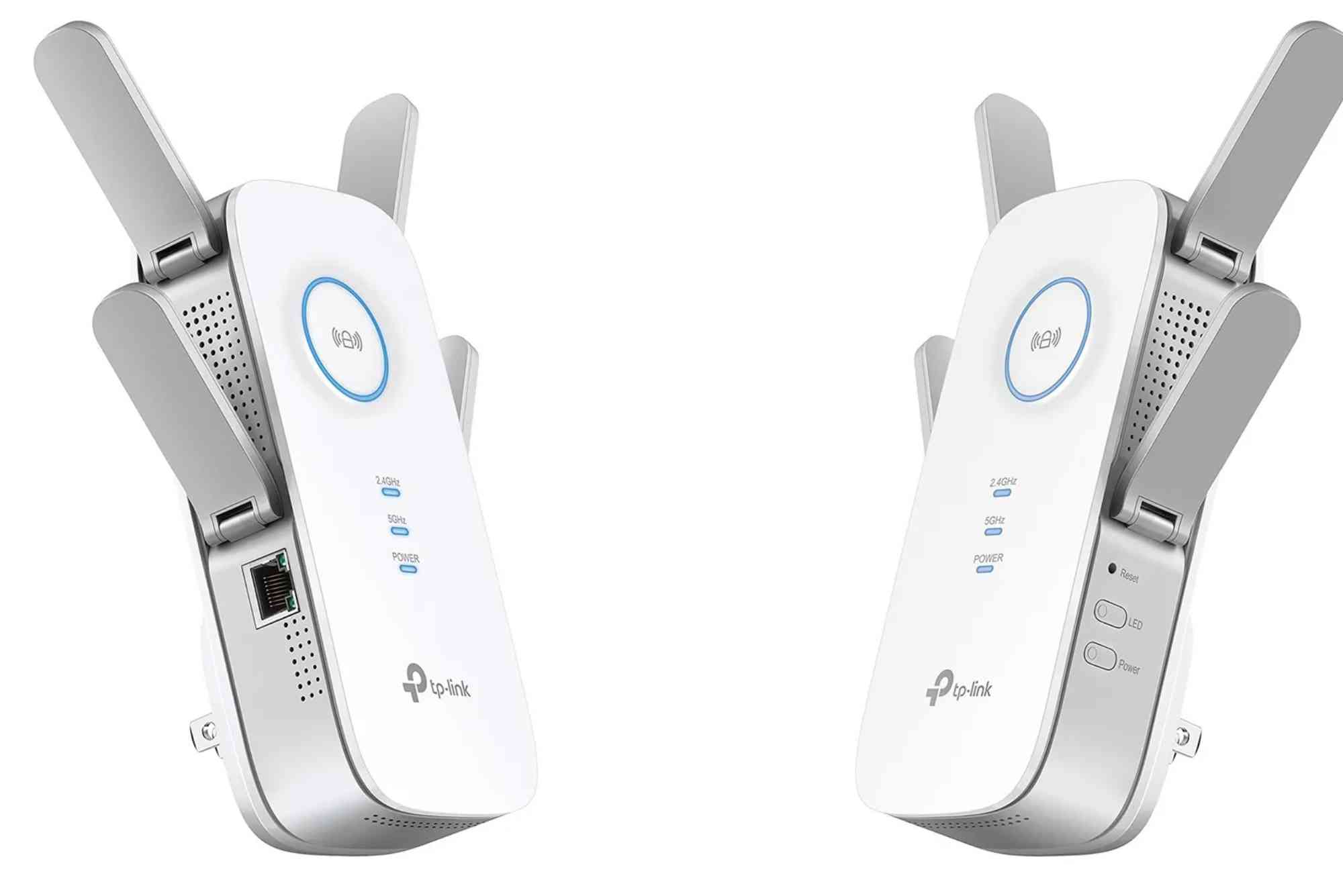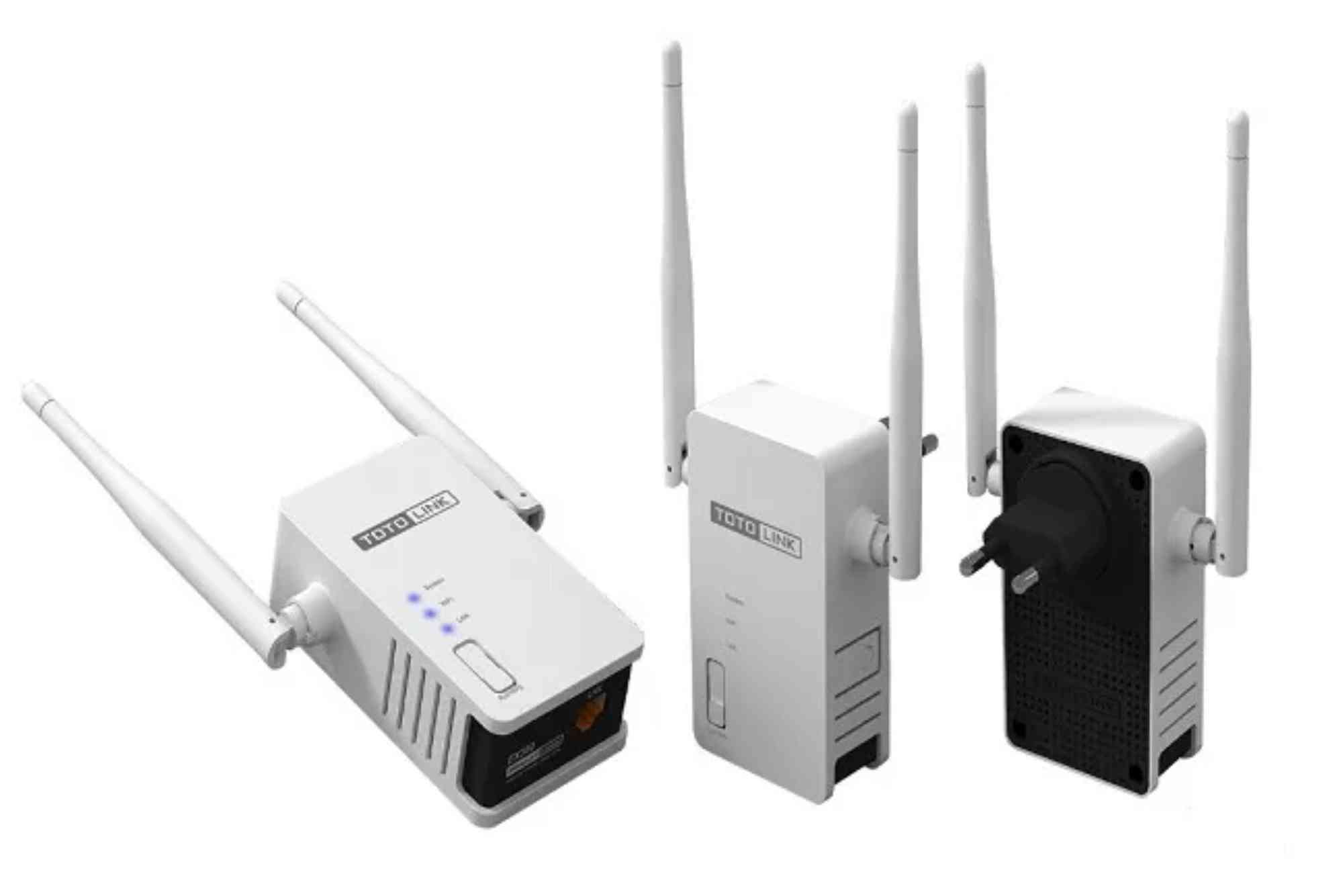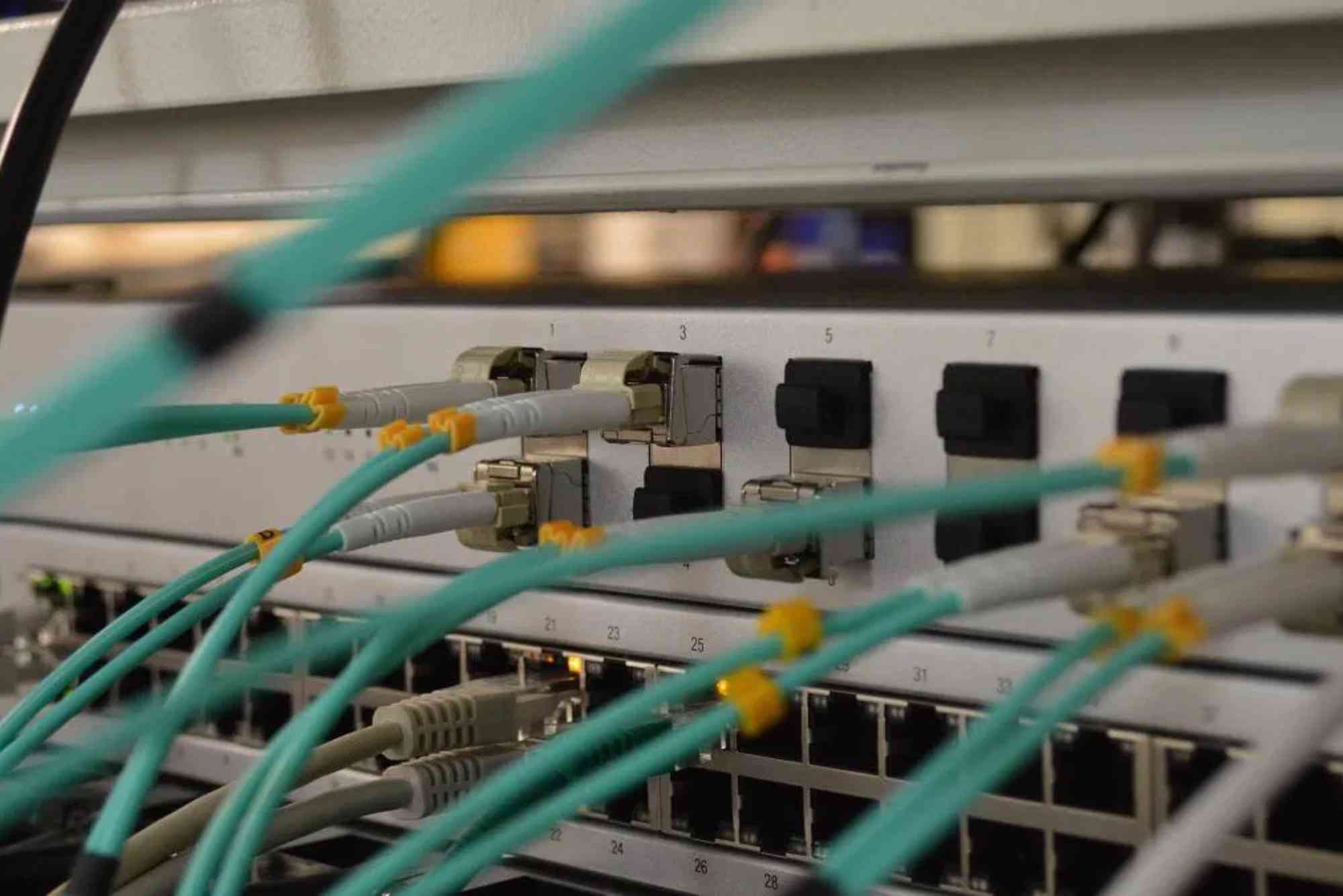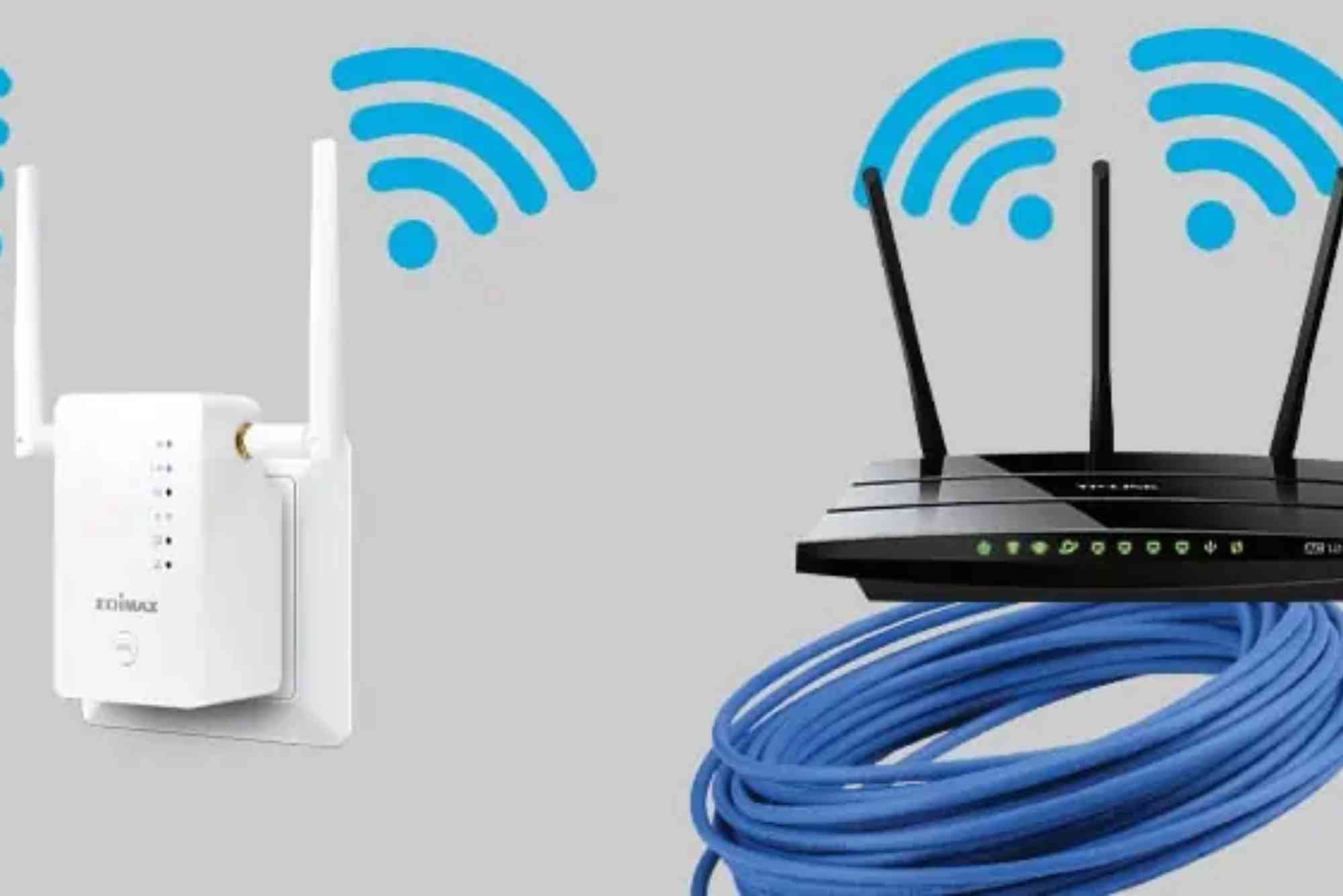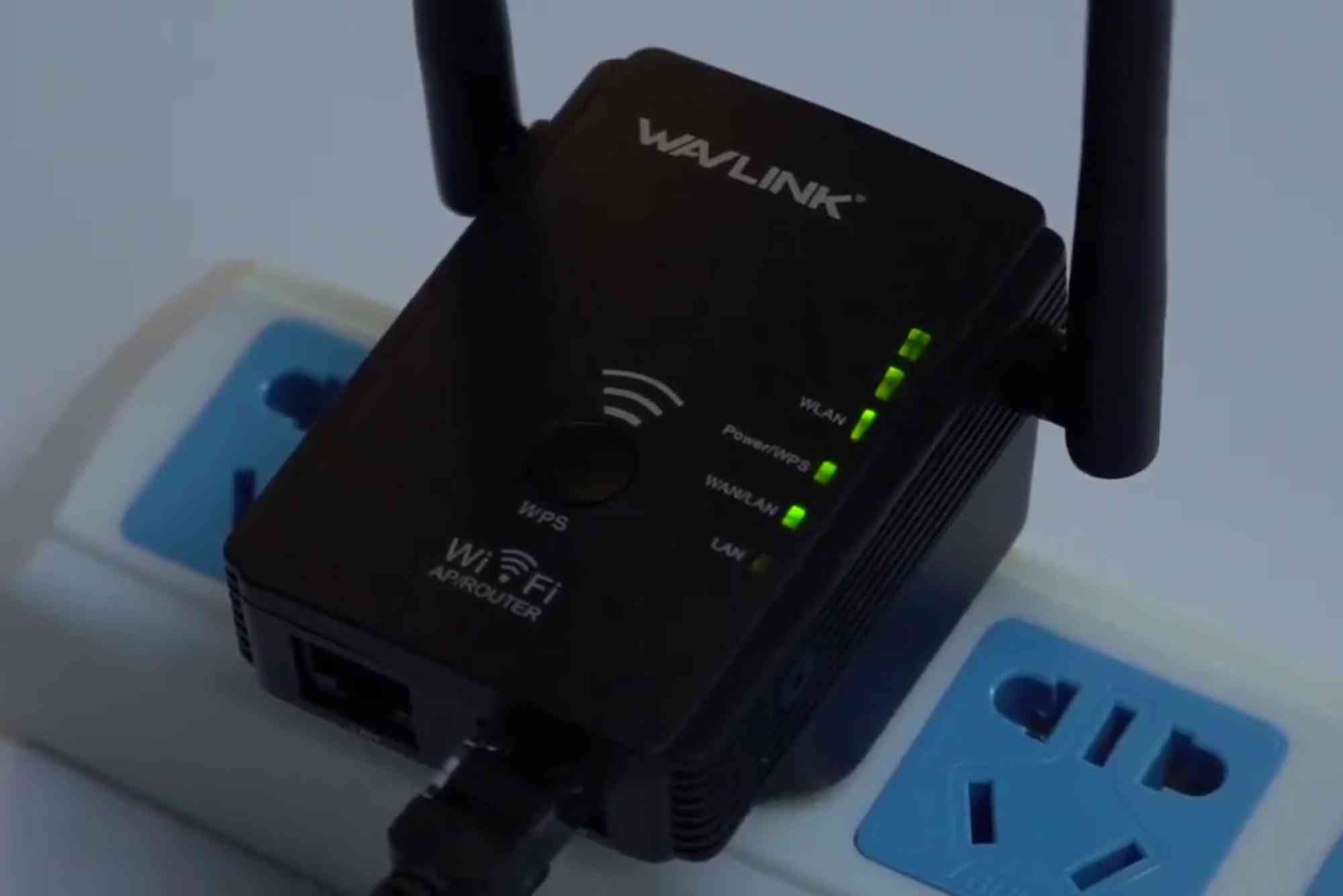How to Fix Unstable Wi-Fi Connection on Devices
A Wi-Fi connection unstable issue can be frustrating, especially when you rely on the internet for work, entertainment, or studies. From constant buffering while streaming to sudden disconnections during meetings, unstable Wi-Fi can disrupt daily life. Fortunately, there are practical solutions to stabilize your network and enjoy seamless browsing. This guide explains the most effective ways to fix an unstable Wi-Fi connection on different devices.
Why Is My Wi-Fi Connection Unstable?
Before fixing the problem, it’s important to understand why it happens. Common reasons include:
-
Weak signal strength due to distance from the router.
-
Interference from other electronic devices.
-
Outdated firmware or device software.
-
Network congestion when too many devices connect at once.
-
Faulty router or modem hardware.
Identifying the cause is the first step toward a stable connection.
Quick Fixes for Wi-Fi Connection Unstable Issues
Restart Your Router and Modem
A simple restart often resolves network glitches. Unplug your router and modem for 30 seconds, then plug them back in. This refreshes the connection and clears minor errors.
Move Closer to the Router
Wi-Fi signals weaken with distance and obstacles like walls. If your device is far from the router, move closer to improve stability.
Update Device and Router Firmware
Manufacturers release updates to fix bugs and improve performance. Check your router settings or your device software updates regularly.
Reduce Connected Devices
If too many devices are streaming, gaming, or downloading simultaneously, your Wi-Fi connection becomes unstable. Disconnect unused devices to free up bandwidth.
Switch Wi-Fi Bands
Modern routers offer dual-band frequencies: 2.4 GHz and 5 GHz. The 2.4 GHz band covers longer distances, while the 5 GHz band offers faster speeds. Switch bands depending on your needs.
Advanced Solutions to Stabilize Wi-Fi
Change Router Placement
Position your router in a central, open location away from metal objects and other electronics. Avoid placing it near microwaves or cordless phones that cause interference.
Use a Wi-Fi Extender or Mesh System
For large homes or offices, Wi-Fi extenders or mesh networks can eliminate dead zones and keep the signal strong everywhere.
Check for Interference
Other nearby Wi-Fi networks can interfere with your signal. Use router settings to change the channel for less congestion.
Secure Your Network
If your Wi-Fi connection is unstable, unauthorized users may be consuming your bandwidth. Set a strong password to protect your network.
Upgrade Your Internet Plan
Sometimes the issue isn’t your Wi-Fi but your plan’s speed limit. If you stream 4K content or have multiple users, consider upgrading your package.
For reliable internet services, many users prefer trusted providers like Dhanote Internet Services. They offer stable connectivity solutions to minimize interruptions.
Device-Specific Fixes for Wi-Fi Connection Unstable
On Smartphones
-
Turn Airplane Mode on and off.
-
Forget the network and reconnect.
-
Reset network settings if problems persist.
On Laptops or PCs
-
Update network drivers.
-
Disable power-saving mode for Wi-Fi adapters.
-
Use an Ethernet cable for stability during heavy tasks.
On Smart TVs and Consoles
-
Connect via Ethernet for gaming or streaming.
-
Clear cache and restart the device.
-
Check for firmware updates.
How to Prevent Future Wi-Fi Instability
-
Schedule regular router reboots.
-
Keep your router firmware updated.
-
Monitor connected devices.
-
Perform regular speed tests to check performance.
By adopting these habits, you can ensure your connection remains steady over time.
FAQs About Wi-Fi Connection Unstable
Why does my Wi-Fi keep disconnecting?
Your Wi-Fi may disconnect due to weak signals, outdated firmware, or interference from other devices.
How can I make my Wi-Fi signal stronger?
Move your router to a central location, reduce interference, and consider using a Wi-Fi extender.
Should I use 2.4 GHz or 5 GHz for better stability?
Use 2.4 GHz for longer range and 5 GHz for faster speeds with less interference.
Why is my Wi-Fi slow even with a good plan?
Slow Wi-Fi can occur due to congestion, poor placement of the router, or outdated equipment.
Can resetting my router fix unstable Wi-Fi?
Yes, resetting clears temporary glitches and helps re-establish a stable connection.
An unstable Wi-Fi connection doesn’t have to disrupt your day. By restarting your devices, updating firmware, optimizing placement, and securing your network, you can achieve reliable connectivity. If issues continue, upgrading your plan or using services like Dhanote Internet Services ensures consistent, high-quality internet access.

